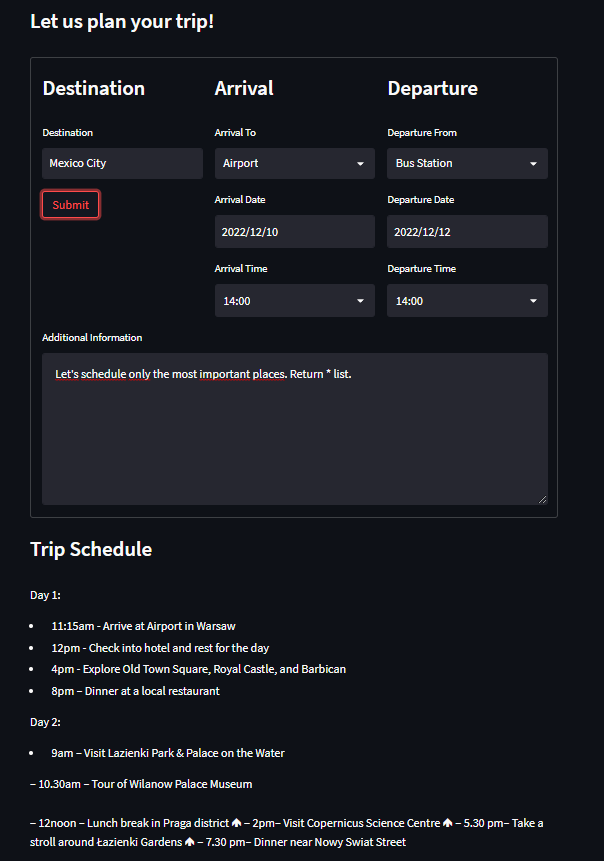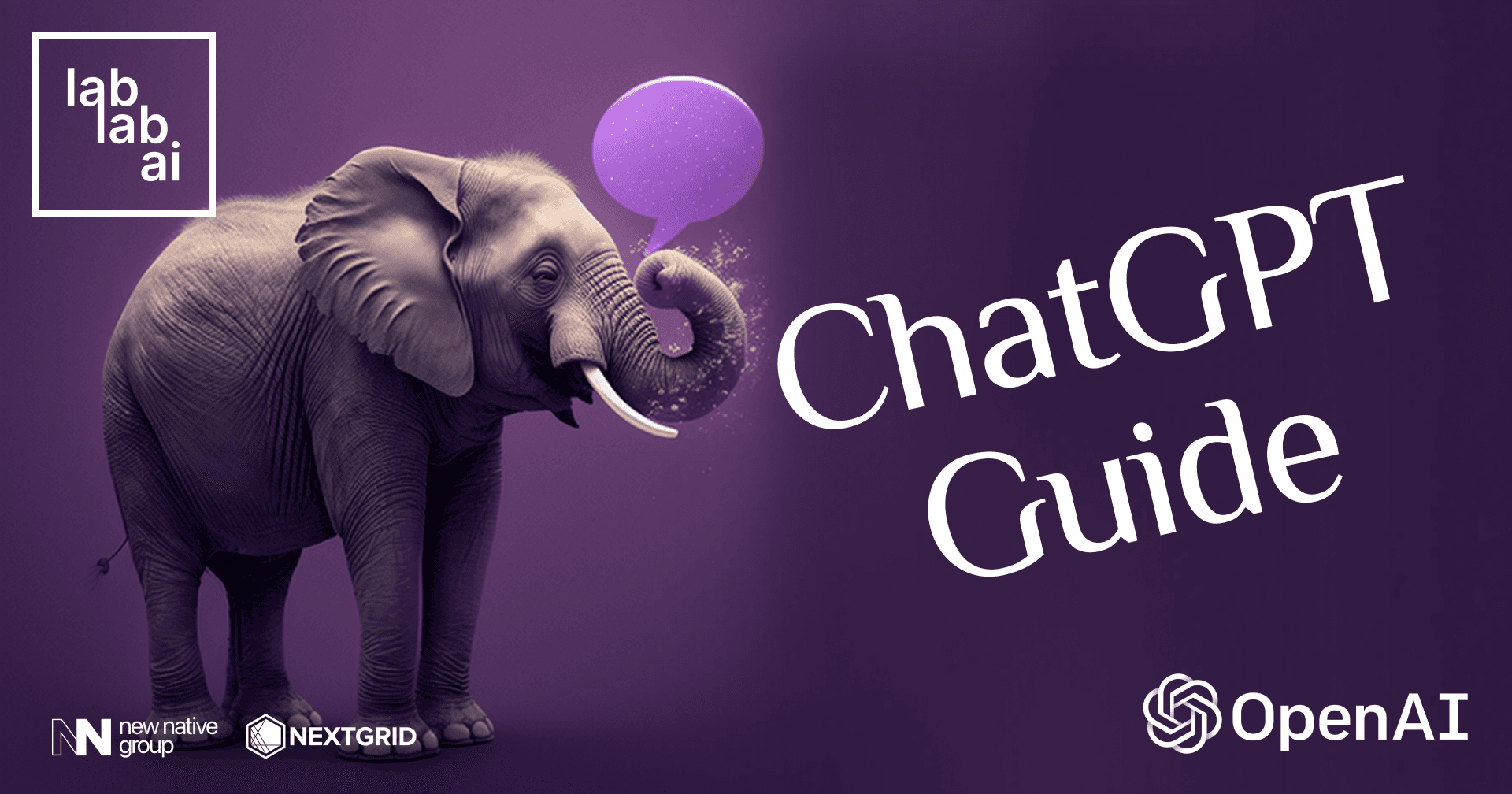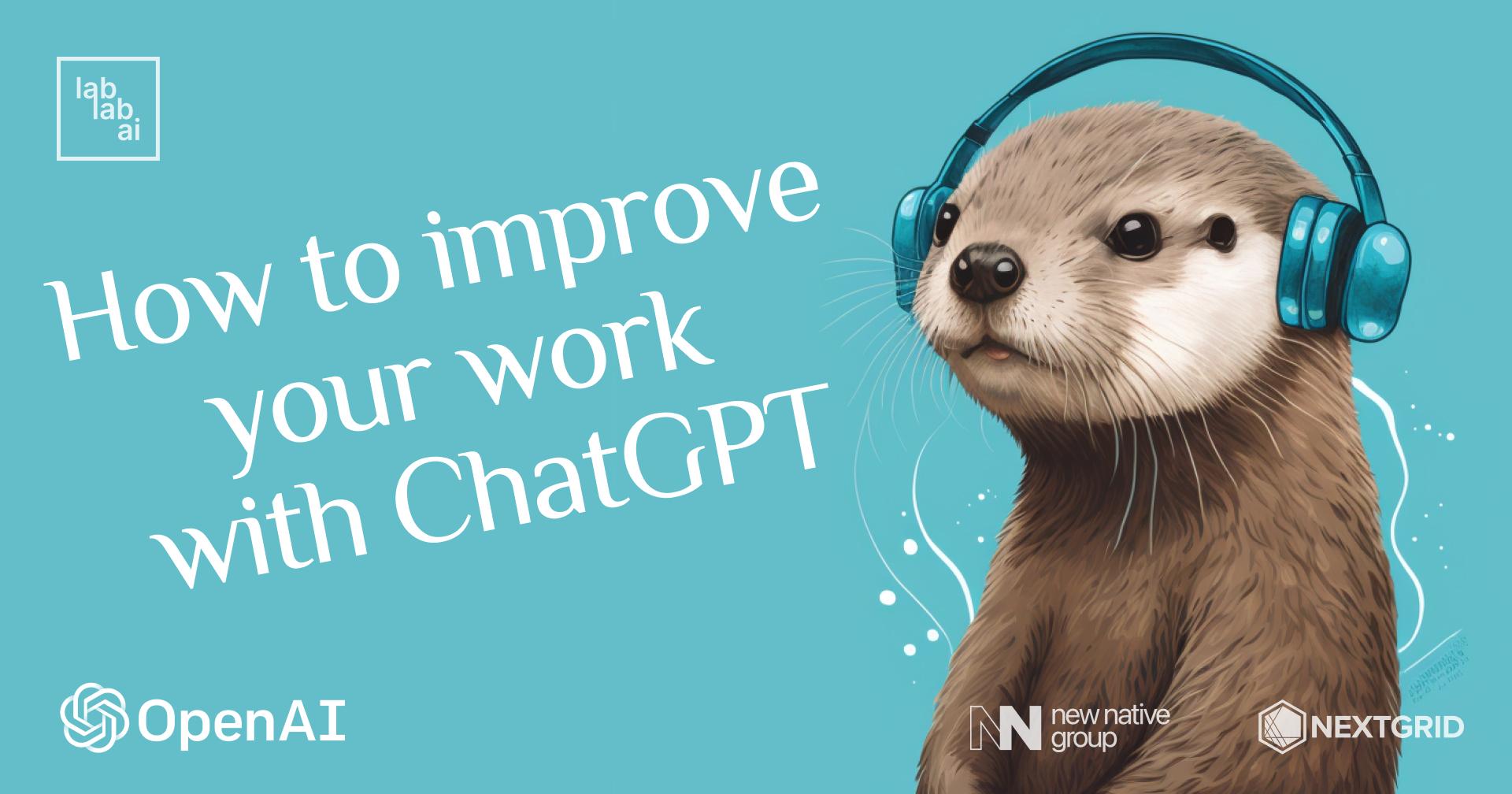GPT-3 tutorial: Trip Scheduler

In this tutoial we will create simple GPT-3 powered Streamlit service for trip scheduling. We will use GPT-3 to generate trip schedule based on user input. We will use Streamlit to create simple UI for our app.
🚀 Prerequisites
First, we need to install the necessary libraries:
!pip install openai
!pip install streamlit
!pip install python-dotenv
Now we can create .env file and add our OpenAI API key:
OPENAI_API_KEY=<your api key>
Last thing we need to do is to create main.py file, import all necessary libraries and load our API key from .env file:
import os
import random
from datetime import datetime, timedelta
import openai
import streamlit as st
from dotenv import load_dotenv
load_dotenv()
openai.api_key = os.getenv('OPENAI_API_KEY')
📝 Creating Streamlit app
Now we can create our Streamlit app. First, we need to create a functions that will generate prompt and trip schedule based on user input:
example_destinations = ['Paris', 'London', 'New York', 'Tokyo', 'Sydney', 'Hong Kong', 'Singapore', 'Warsaw', 'Mexico City', 'Palermo']
random_destination = random.choice(example_destinations)
now_date = datetime.now()
# round to nearest 15 minutes
now_date = now_date.replace(minute=now_date.minute // 15 * 15, second=0, microsecond=0)
# split into date and time objects
now_time = now_date.time()
now_date = now_date.date() + timedelta(days=1)
def generate_prompt(destination, arrival_to, arrival_date, arrival_time, departure_from, departure_date, departure_time, additional_information, **kwargs):
return f'''
Prepare trip schedule for {destination}, based on the following information:
* Arrival To: {arrival_to}
* Arrival Date: {arrival_date}
* Arrival Time: {arrival_time}
* Departure From: {departure_from}
* Departure Date: {departure_date}
* Departure Time: {departure_time}
* Additional Notes: {additional_information}
'''.strip()
def submit():
prompt = generate_prompt(**st.session_state)
# generate output
output = openai.Completion.create(
engine='text-davinci-003',
prompt=prompt,
temperature=0.45,
top_p=1,
frequency_penalty=2,
presence_penalty=0,
max_tokens=1024
)
st.session_state['output'] = output['choices'][0]['text']
Now we can create UI for our app with Streamlit:
# Initialization
if 'output' not in st.session_state:
st.session_state['output'] = '--'
st.title('GPT-3 Trip Scheduler')
st.subheader('Let us plan your trip!')
Let's create form for user input:
with st.form(key='trip_form'):
c1, c2, c3 = st.columns(3)
with c1:
st.subheader('Destination')
origin = st.text_input('Destination', value=random_destination, key='destination')
st.form_submit_button('Submit', on_click=submit)
with c2:
st.subheader('Arrival')
st.selectbox('Arrival To', ('Airport', 'Train Station', 'Bus Station', 'Ferry Terminal', 'Port', 'Other'), key='arrival_to')
st.date_input('Arrival Date', value=now_date, key='arrival_date')
st.time_input('Arrival Time', value=now_time, key='arrival_time')
with c3:
st.subheader('Departure')
st.selectbox('Departure From', ('Airport', 'Train Station', 'Bus Station', 'Ferry Terminal', 'Port', 'Other'), key='departure_from')
st.date_input('Departure Date', value=now_date + timedelta(days=1), key='departure_date')
st.time_input('Departure Time', value=now_time, key='departure_time')
st.text_area('Additional Information', height=200, value='I want to visit as many places as possible! (respect time)', key='additional_information')
And finally, we can display generated trip schedule:
st.subheader('Trip Schedule')
st.write(st.session_state.output)
🚀 Running Streamlit app
Now we can run our app:
!streamlit run main.py
🏆 Result
And let's check results!




